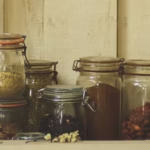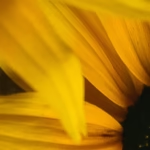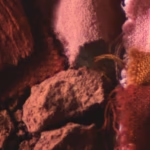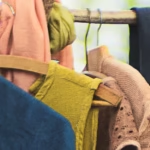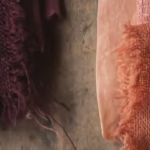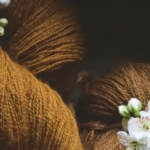Natural dyeing: which plants for yellow?
Would you like to experiment with plant color? Want to discover how to dye yellow with plants?
Go for a walk and pick up a few armfuls of plants and flowers along the way. When you get home, patiently cut up the plants using scissors, shears or pruning shears. Plunge them into water for a long decoction with the excitement of discovering the color that will appear.
It’s a truly exhilarating moment of discovery!
Without spoiling the surprise, there’s a good chance you’ll have yellow. A more or less pretty, more or less intense yellow. Yellow is a local color (at least in France!), thanks to our flora, rich in flavonoids.
Yellow, a color that’s good for plants and people
Flavonoids are very common in the plant world, and play an essential role for plants. They color the petals to attract foraging insects. They also enable the plant to combat all kinds of stress, notably by protecting itself from the sun’s rays.
In recent years, medical research has taken an interest in the subject. Numerous studies have demonstrated their health benefits, thanks to their antifungal, antiviral and antioxidant properties… They also play a role in preventing cardiovascular risks and certain cancers. In fact, all medicinal plants contain flavonoids.
Nature is generous with yellow
And because nature is so generous, flavonoids are water-soluble, making it possible to obtain a pretty palette of yellows in botanical dyes.
Unsurprisingly, many yellow flowers offer a shade of yellow in natural dyes. Dye concentration and color fastness vary from plant to plant.
Gaude, one of the best known, is rich in luteolin. It gives a tangy yellow that can turn golden yellow in a basic medium. It can be found in poor, calcareous, overgrown soils. Around my home, the soil is rather acidic. For yellow, I pick goldenrod, St John’s wort, broom, tansy, dandelion, ragwort…
Nature is deceptive. Don’t always rely on the color of the petals. White or pink flowers can give off yellow: wild carrot, coltsfoot, oregano, heather for orangey yellows.
Ferns and nettles are also interesting to experiment with. Shades vary according to season and climate.
There are also flowers we grow, such as tagetes, cosmos sulphur, rudbeckia and dahlia…
Tree leaves are not to be outdone, an abundant source of plants: fig, elder, ash, olive, birch… and many others that I’ve certainly never had the chance to try.
Mordanting is not always necessary
One thing to know if you want to make yellow with these plants, they need a mordant. As I’ve already mentioned, mordanting is a preliminary step in the dye bath. It allows the plant dye to bind to the fiber.
However, the rule is not immutable. In the world of plants and flowers, it’s a bit like in my previous life: one rule with many exceptions. I’ll stop there for the comparison!
Onions, for example, are rich in quercetin, a flavonoid with many medicinal qualities. It allows you to obtain beautiful shades of yellow ochre without the need for mordanting.
Flavonoids aren’t stingy when it comes to color: they can offer a pretty pink or purplish hue. This is thanks to anthocyanins, another type of flavonoid found in most red fruits: elderberries, blackberries, blackcurrants… A beautiful color, unfortunately fragile, which quickly turns bluish-gray when washed.
But it’s not just flavonoids that offer yellows. In particular, rhubarb can be used for a yellow-orange color, depending on the process used. And turmeric, certainly the most famous colorant, which has the minor defect of fading in the sun.
And finally, as nature never ceases to amaze us, you could find a plant with small, bright yellow flowers that turns blue without needing any mordant.
This is woad, from its Latin name, isatis tinctoria, also known as guède. It can still be found in the wild in our countryside. For a long time, it was the only source of blue in France, before disappearing in favor of more exotic indigo plants, then synthetic indigo. Today, it is enjoying a revival with the return of pastel cultivation in France, thanks to small groups of producers.
As you can see, yellow is an eminently local color, linked to the biodiversity of our flora. But sometimes surprises happen, like phytolacca, which produces a beautiful violet color.
A color often mistreated in the past, perhaps because it was readily available. Today, it’s a color with a bright future, as Michel Pastoureau puts it so beautifully on France Inter (link in french).
